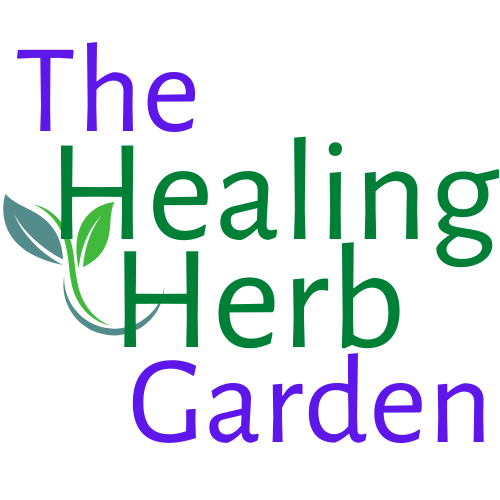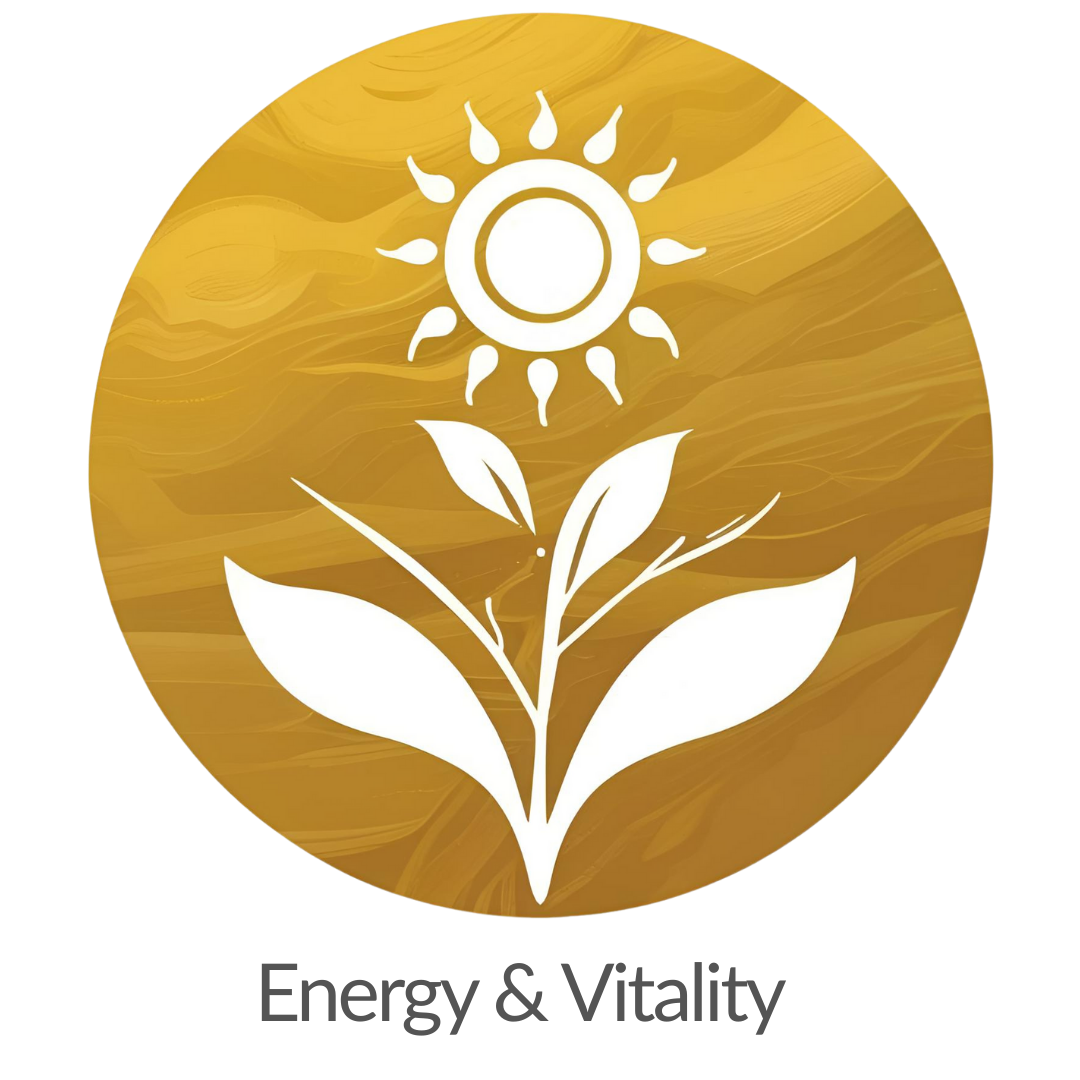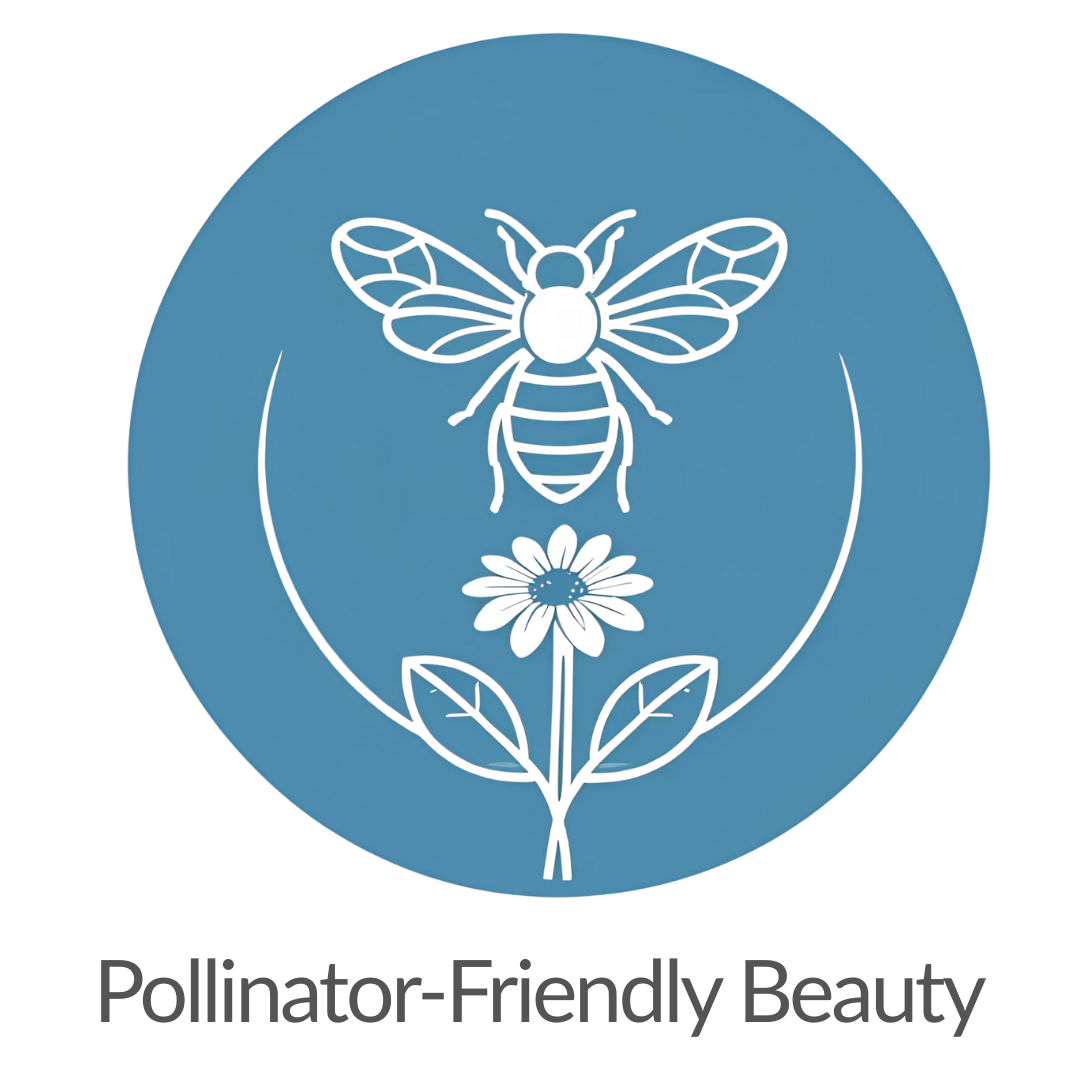Herbal Monograph: Self-Heal (Prunella vulgaris)
Botanical Name:
Prunella vulgaris L.
Common Names:
Self-heal, Heal-all, Heart-of-the-Earth, Allheal, Prunella
Family:
Lamiaceae (Mint family)
Plant Description:
Self-heal is a low-growing perennial herb that belongs to the mint family. It typically grows to about 30–60 cm (12–24 inches) in height, with square stems and opposite, lance-shaped leaves. The plant produces dense clusters of tubular, purple to violet flowers, often with a distinctive lip, blooming from mid-summer to fall. Its leaves have a slightly hairy texture and emit a mild, minty aroma when crushed.
Habitat and Distribution:
Native to Eurasia, Prunella vulgaris has spread widely and is now found in temperate regions around the world. It grows in grasslands, meadows, roadsides, and disturbed areas, often in moist, well-drained soils. Self-heal is commonly seen in North America, Europe, and parts of Asia.
Parts Used:
- Aerial parts (leaves, stems, flowers)
- Roots (occasionally)
Constituents:
- Flavonoids (luteolin, apigenin, quercetin)
- Tannins (gallic acid, ellagic acid)
- Phenolic acids (rosmarinic acid, caffeic acid)
- Iridoid glycosides (harpagide, aucubin)
- Essential oils (menthol, β-caryophyllene)
- Polyphenols
- Vitamins (Vitamin C, Vitamin A)
- Minerals (Potassium, Magnesium)
Traditional Uses:
Self-heal has been used in traditional medicine for centuries in Europe, Asia, and North America. It is known for its versatile medicinal properties, primarily as a wound healer and general tonic. It is often referred to as "Heal-all" due to its wide range of therapeutic applications.
-
Wound Healing and Skin Care:
- Self-heal has been historically used topically for cuts, bruises, burns, insect bites, and other skin ailments. The plant's astringent, anti-inflammatory, and antimicrobial properties make it effective in promoting tissue regeneration and reducing infection.
-
Digestive Health:
- It has been used as a remedy for digestive issues, including diarrhea, dysentery, and indigestion, due to its astringent and soothing effects on the mucous membranes of the digestive tract.
-
Immune Support:
- Self-heal is thought to stimulate the immune system, helping to prevent and treat infections, particularly upper respiratory tract infections. It is often used in herbal teas or tinctures to support overall immunity.
-
Anti-inflammatory Effects:
- The herb has been used to reduce inflammation in conditions like sore throat, gingivitis, and rheumatic pains. It can be consumed internally or used as a gargle or mouthwash.
-
Antioxidant and Antimicrobial:
- Self-heal contains several antioxidants, such as flavonoids and phenolic compounds, which help protect the body from oxidative stress and neutralize free radicals. Its antimicrobial activity also makes it useful in treating infections, particularly when used topically.
-
Blood Purification:
- Traditionally, Self-heal was used as a "blood purifier," thought to help remove toxins from the body and improve circulation.
Modern Applications:
-
Support for Skin Health:
Modern herbalists continue to recommend Self-heal for its ability to speed up the healing of skin wounds, including minor burns, cuts, and abrasions. It can be applied topically as a poultice, cream, or infused oil. -
Immune-Boosting and Adaptogenic:
As an immune tonic, Self-heal is often used to prevent colds and flu, as well as to alleviate symptoms of viral infections, such as sore throat and cough. -
Herbal Antioxidant:
Due to its polyphenolic compounds, Self-heal is gaining attention for its potential use in fighting free radicals and reducing oxidative damage in the body. It may support overall longevity and cellular health.
Preparations:
-
Infusion/Tea:
1–2 teaspoons of dried leaves and flowers in 1 cup of boiling water. Steep for 5–10 minutes. Drink 1–2 cups daily for immune support or digestive issues. -
Tincture:
Standard tincture made with 1:5 ratio of dried herb to 40% alcohol, taken in doses of 2–4 mL 2–3 times daily for immune support or skin health. -
Topical Poultice or Compress:
Fresh or dried plant material can be mashed and applied directly to cuts, bruises, or inflammatory skin conditions for quick healing. -
Essential Oil:
A few drops of self-heal essential oil can be diluted with a carrier oil and used in massage for sore muscles or applied to the skin for healing minor wounds.
Dosage:
-
Infusion/Tea:
1–2 teaspoons of dried herb per cup of water, taken 1–3 times daily. -
Tincture:
2–4 mL (½–1 teaspoon), 2–3 times per day. -
Topical Use:
Apply fresh poultices or herbal oils directly to affected skin 1–2 times per day until healing is complete.
Safety and Contraindications:
-
General Safety:
Prunella vulgaris is generally considered safe when used appropriately. However, some individuals may experience mild allergic reactions, especially if they are sensitive to other plants in the mint family. -
Pregnancy and Lactation:
While Self-heal is not typically used during pregnancy, there is insufficient evidence to suggest its safety in pregnant or breastfeeding women. As a precaution, it is advisable to consult a healthcare provider before use during pregnancy or lactation. -
Drug Interactions:
No major interactions have been reported, but individuals on medications for immune modulation (such as immunosuppressants) or blood thinners should consult with a healthcare provider before using Prunella vulgaris.
Conclusion:
Self-heal (Prunella vulgaris) is a versatile, easy-to-grow herb that offers a range of medicinal benefits, from topical wound healing to immune support. Its long history in traditional herbal medicine, combined with modern scientific research, supports its use as an effective remedy for minor wounds, digestive issues, inflammation, and immune function. As with all herbs, it is important to use it with care and in consultation with a qualified healthcare provider, especially in the case of serious health concerns or ongoing medication use.
Stress, Calm & Sleep
When the day feels heavy, nature offers gentle allies to quiet the mind and prepare the body for rest. These herbs have been treasured for centuries in teas, tonics, and garden rituals that invite stillness and sleep.
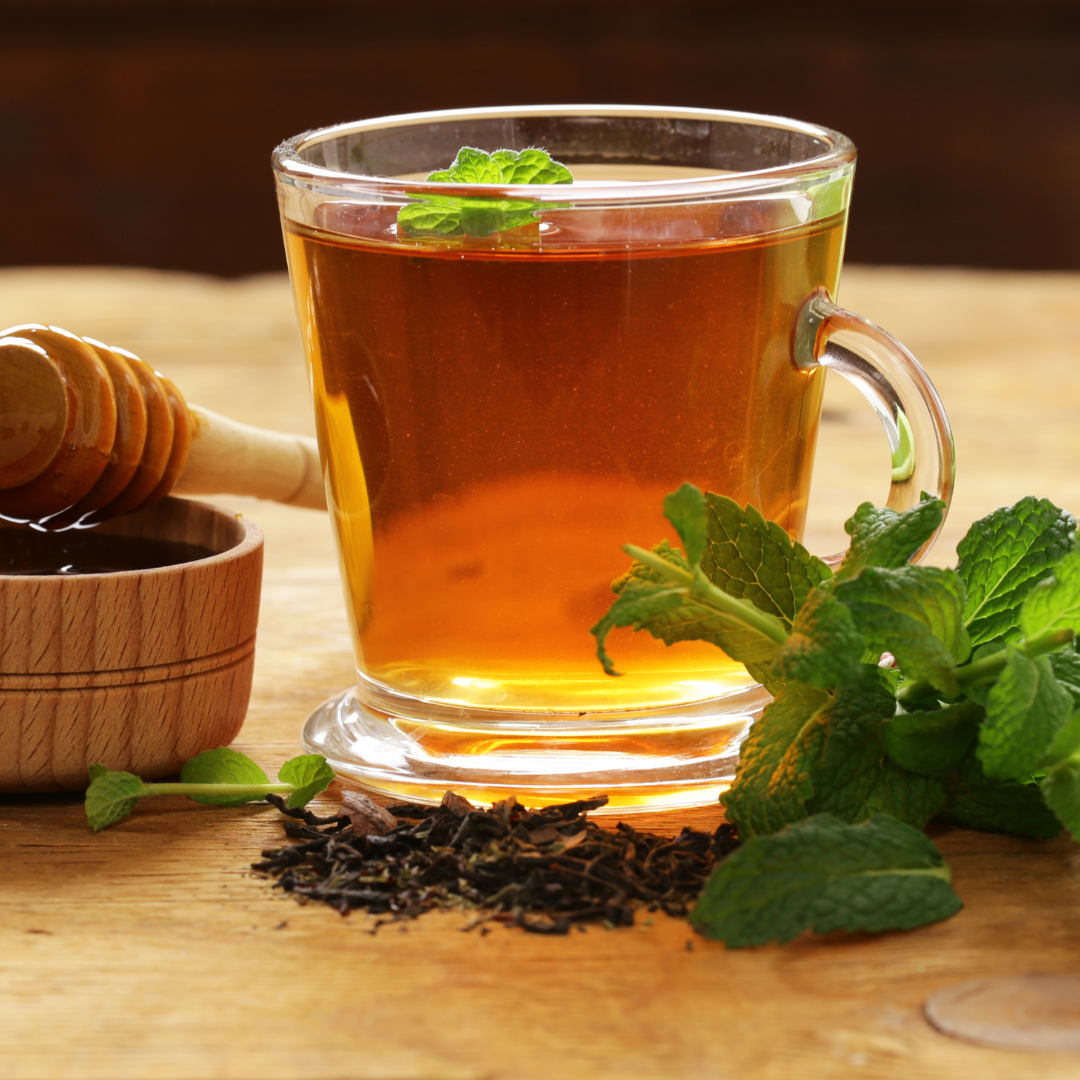
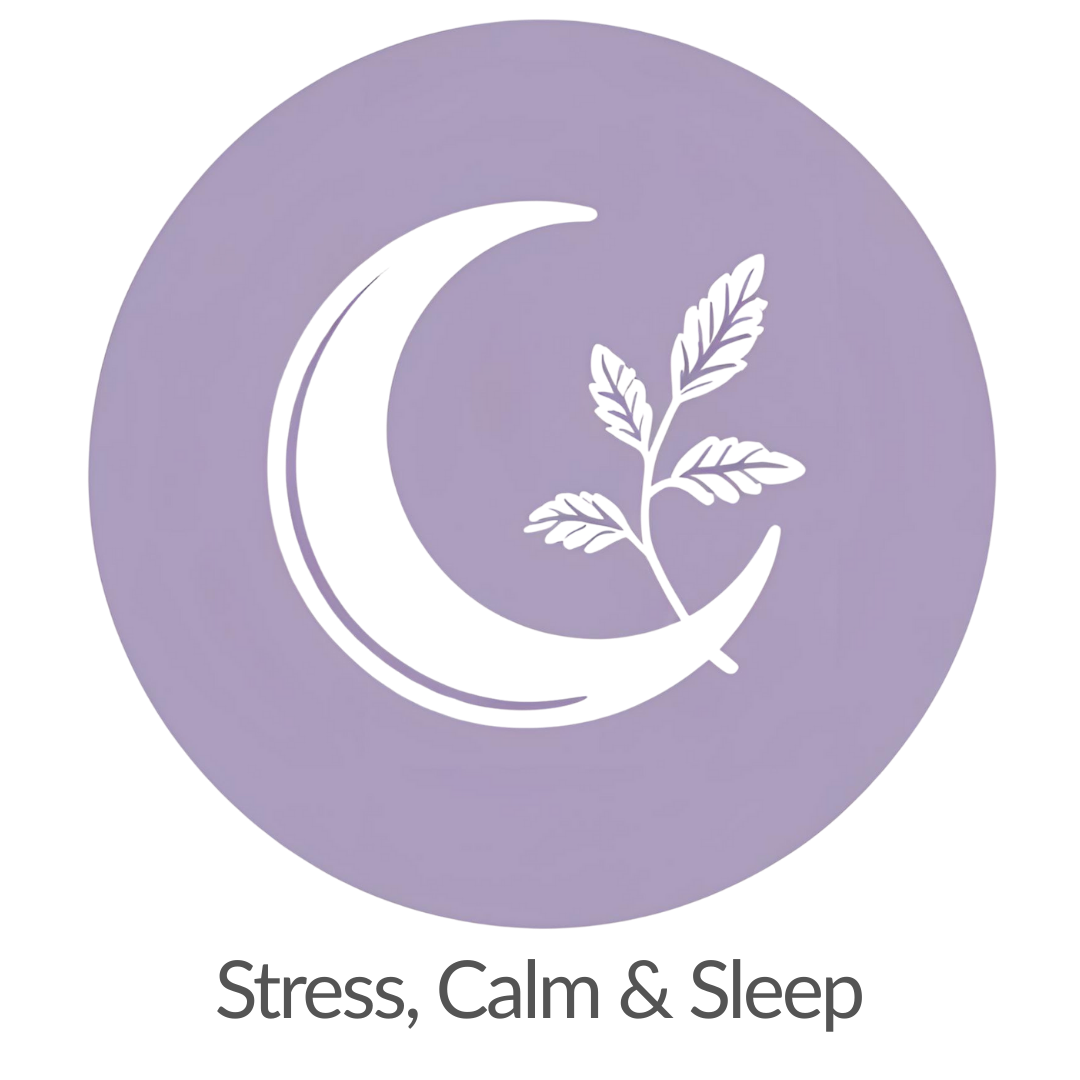
Brew fresh Lemon Balm and Spearmint leaves together for a calming tea that cools the body, lifts the mood, and eases nervous tension. A gentle option for daytime calm without drowsiness. Herbal Synergy Note: Mint amplifies Lemon Balm’s digestive-soothing qualities, making this blend perfect after evening meals.
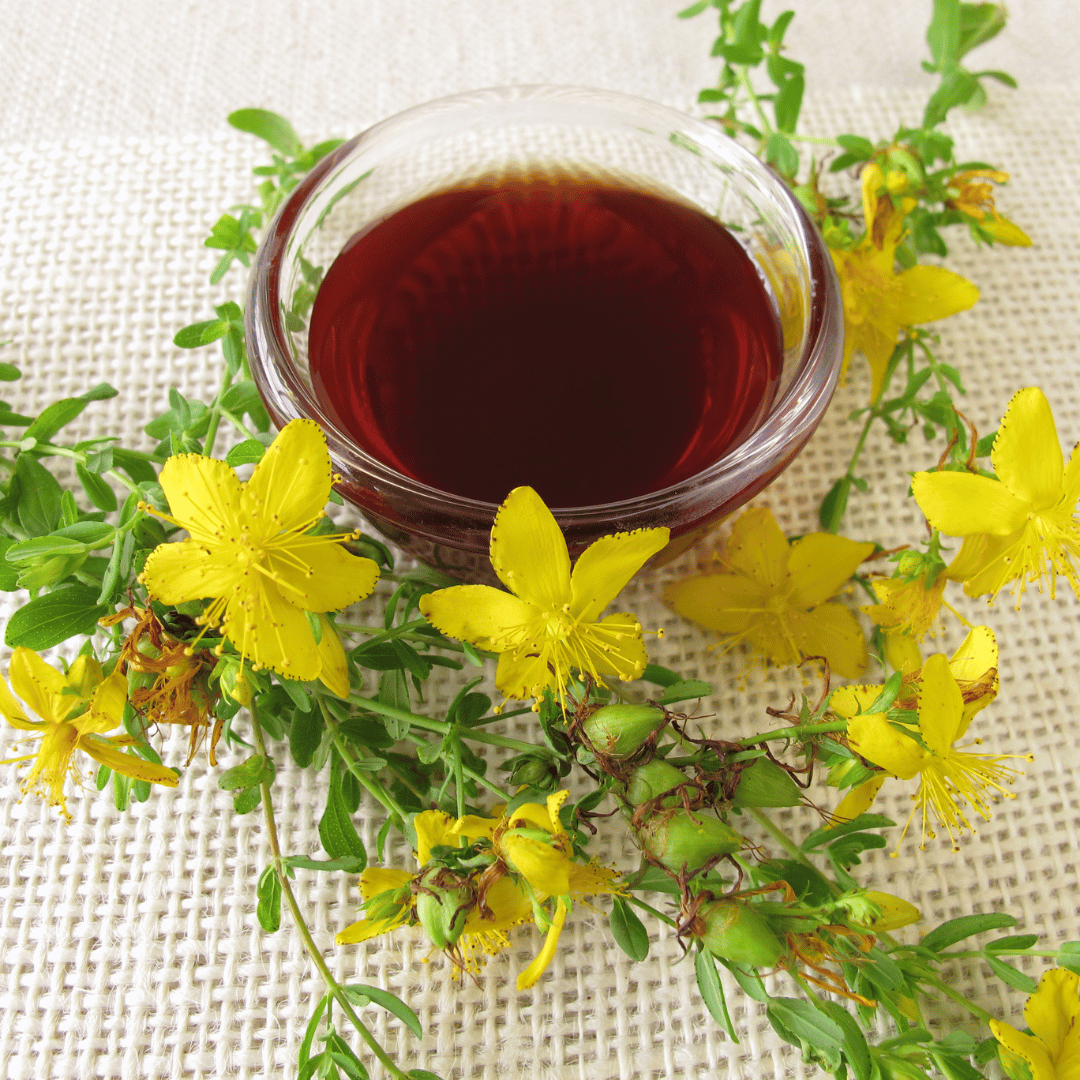

Steep Skullcap leaves with St John’s Wort flowers for 10 minutes in hot water. This gentle blend supports relaxation, eases anxious tension, and uplifts the mood, making it a traditional remedy for stress-related restlessness. Herbal Synergy Note: Skullcap calms the nerves, while St John’s Wort brings lightness to low spirits — a balanced pairing for stress and mood support.*
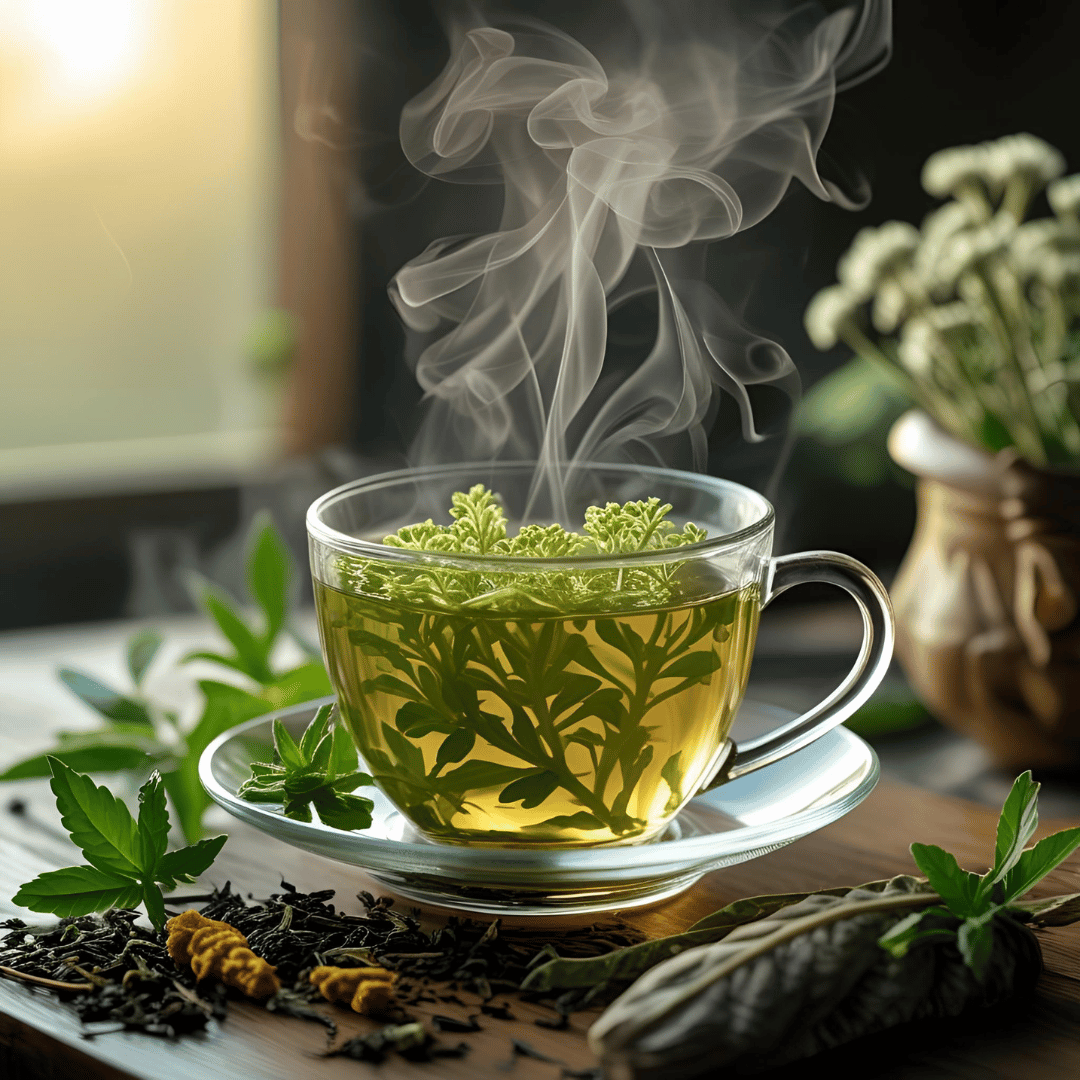

Brew fresh Lemon Balm and Spearmint leaves together for a calming tea that cools the body, lifts the mood, and eases nervous tension. A gentle option for daytime calm without drowsiness.Herbal Synergy Note: Mint amplifies Lemon Balm’s digestive-soothing qualities, making this blend perfect after evening meals.
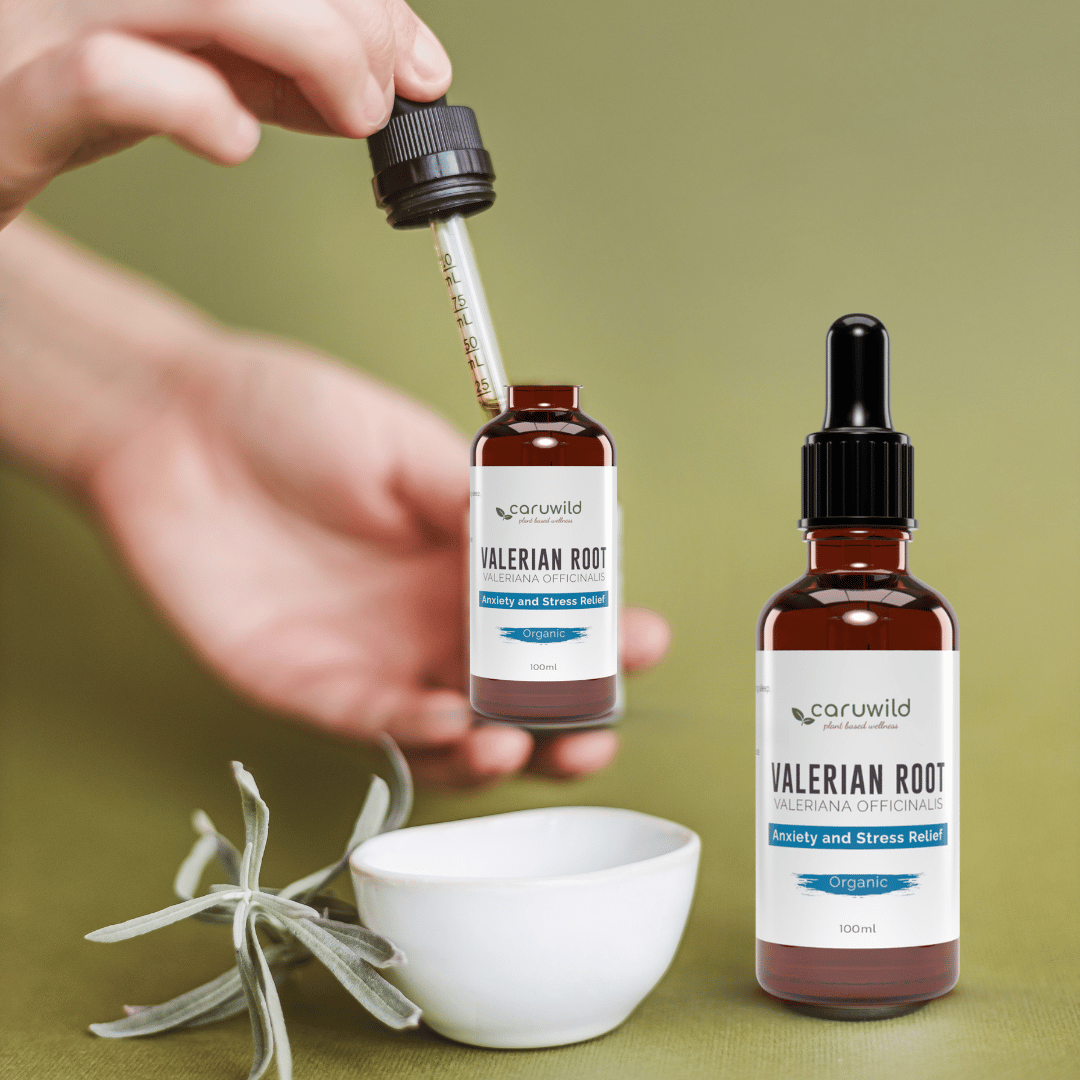

Steep Valerian root for a traditional remedy that supports relaxation and helps ease insomnia. Best enjoyed sparingly, this potent herb is a favourite for quieting a racing mind.Herbal Synergy Note: Works beautifully alongside Chamomile or Lemon Balm to round out its sometimes earthy, bitter taste.

Brew fresh Lemon Balm and Spearmint leaves together for a calming tea that cools the body, lifts the mood, and eases nervous tension. A gentle option for daytime calm without drowsiness. Herbal Synergy Note: Mint amplifies Lemon Balm’s digestive-soothing qualities, making this blend perfect after evening meals.

Steep Skullcap leaves with St John’s Wort flowers for 10 minutes in hot water. This gentle blend supports relaxation, eases anxious tension, and uplifts the mood, making it a traditional remedy for stress-related restlessness. Herbal Synergy Note: Skullcap calms the nerves, while St John’s Wort brings lightness to low spirits — a balanced pairing for stress and mood support.*

Brew fresh Lemon Balm and Spearmint leaves together for a calming tea that cools the body, lifts the mood, and eases nervous tension. A gentle option for daytime calm without drowsiness.Herbal Synergy Note: Mint amplifies Lemon Balm’s digestive-soothing qualities, making this blend perfect after evening meals.

Steep Valerian root for a traditional remedy that supports relaxation and helps ease insomnia. Best enjoyed sparingly, this potent herb is a favourite for quieting a racing mind.Herbal Synergy Note: Works beautifully alongside Chamomile or Lemon Balm to round out its sometimes earthy, bitter taste.




“Discover the plants behind the remedies
Did You Know?
Chamomile was one of the nine sacred Anglo-Saxon herbs.
“Chamomile was known as the ‘plants’ physician,’ believed to strengthen nearby herbs and bring harmony to the garden.”
Women’s Wellness & Balance
For centuries, women have turned to the healing power of herbs to nurture balance, vitality, and resilience. From easing monthly cycles to supporting hormonal health, these plants offer gentle, grounding remedies that honour the rhythm of the body.
“The bundle brought so much beauty and purpose to my garden. Yarrow’s flowers are stunning, and Motherwort has been a gentle ally during stressful times.”
Planting the Women’s Wellness bundle felt like creating a little sanctuary just for me. Every time I pick fresh Lemon Balm or see the Evening Primrose bloom, I’m reminded to slow down and care for myself.”
There’s something empowering about stepping outside, harvesting herbs, and blending a tea that feels made for women like me. This bundle is more than plants — it’s a ritual.
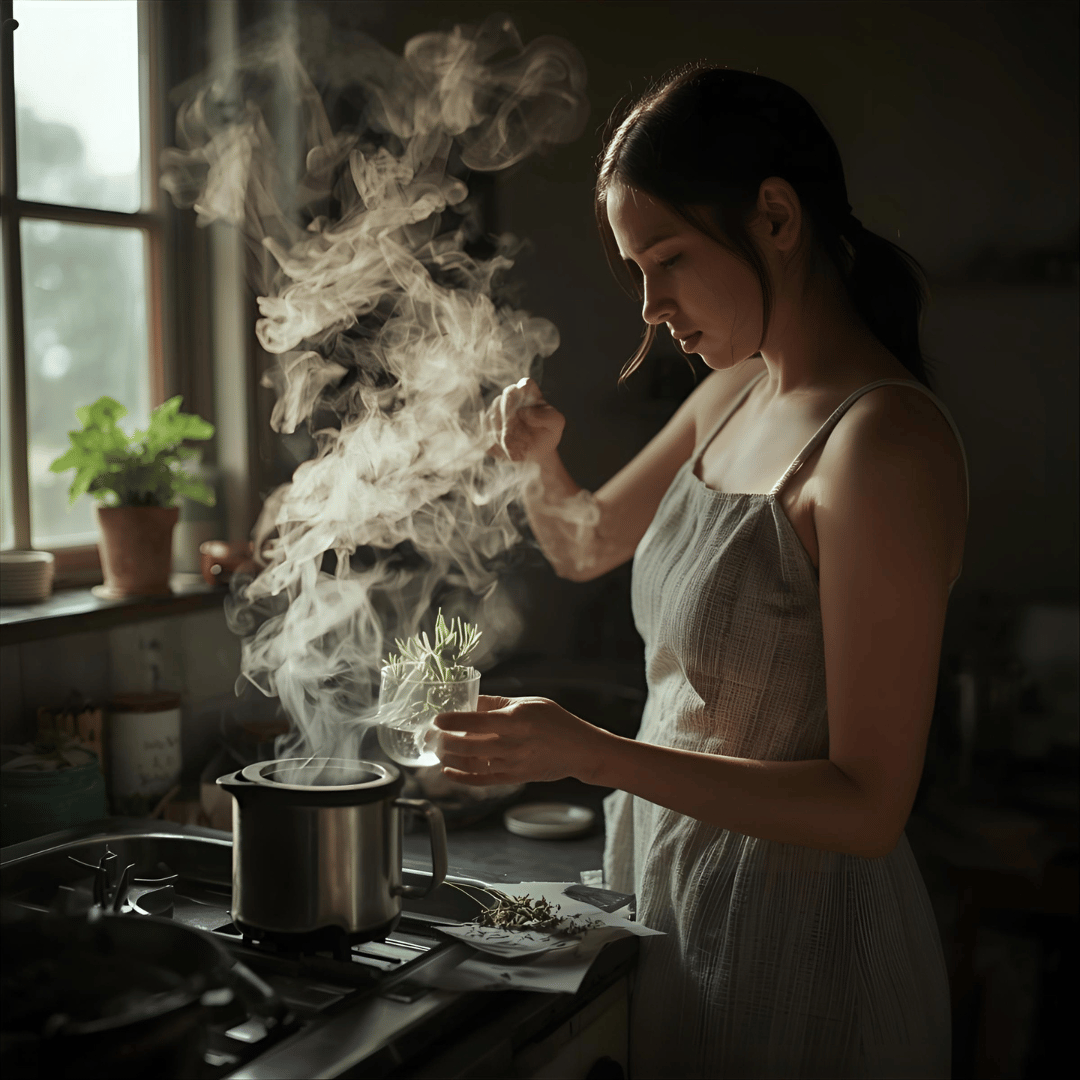
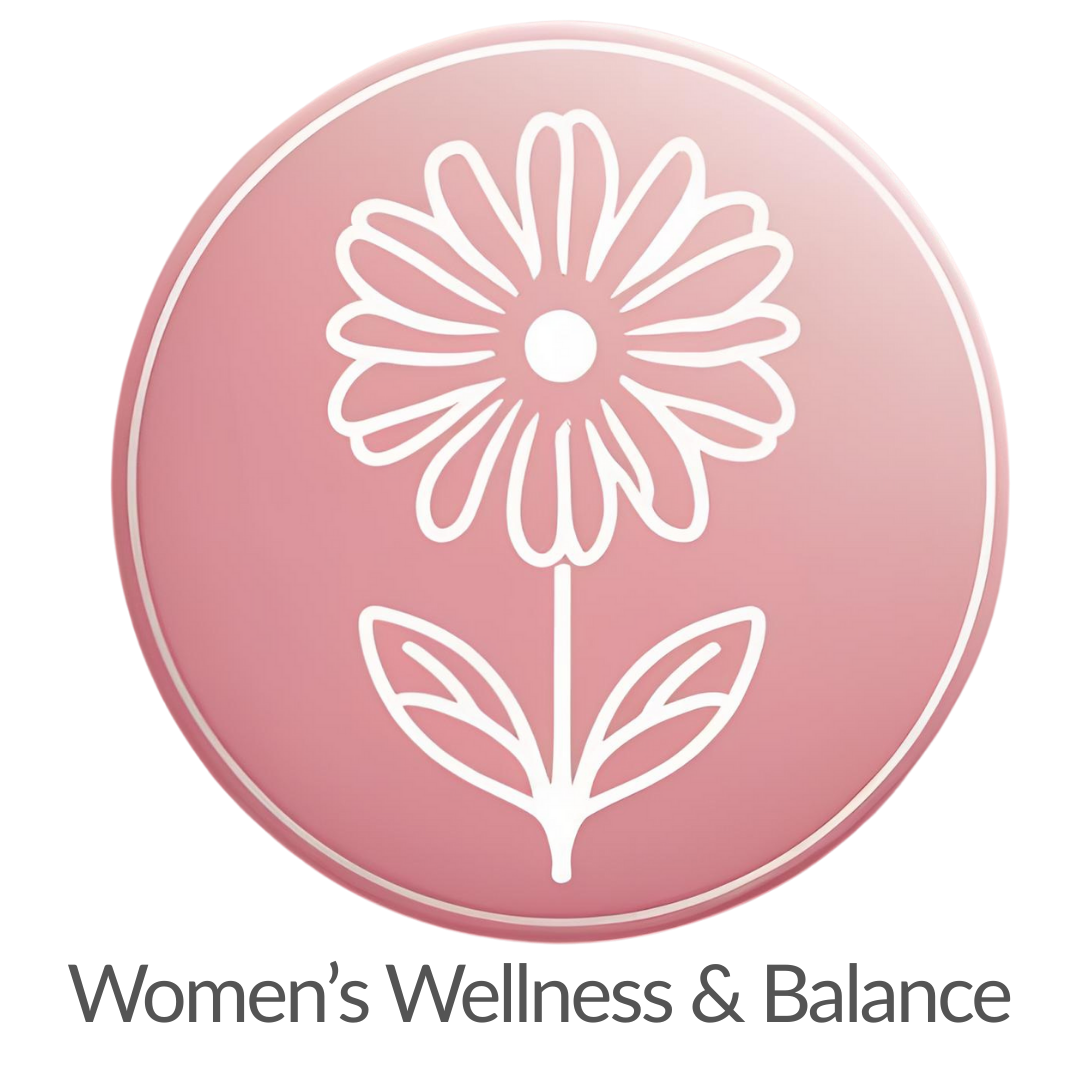
Brew Motherwort leaves for a calming infusion that helps ease tension and offers gentle support for women’s cycles and emotional balance.Herbal Synergy Note: Motherwort’s bitter compounds support circulation, and pairing it with Lemon Balm enhances its nervine (calming) qualities.
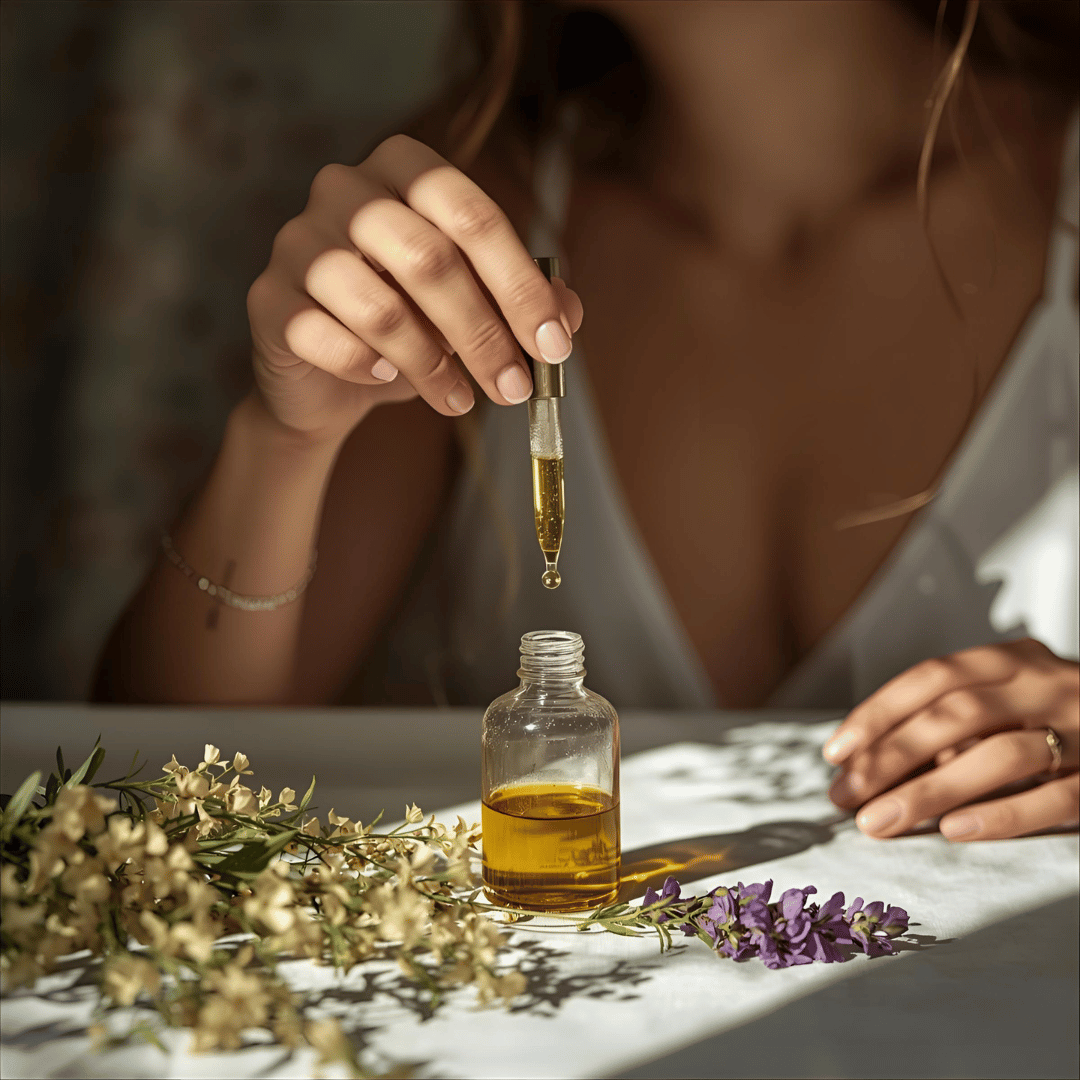
Infuse dried Evening Primrose flowers and leafy tops in olive oil to create a soothing oil for gentle abdominal massage or as a base for natural skin care.
Herbal Synergy Note: Evening Primrose’s nourishing oils combine beautifully with Yarrow, enhancing its skin-soothing and restorative effects.

Brew Motherwort leaves for a calming infusion that helps ease tension and offers gentle support for women’s cycles and emotional balance.Herbal Synergy Note: Motherwort’s bitter compounds support circulation, and pairing it with Lemon Balm enhances its nervine (calming) qualities.
Infuse dried Evening Primrose flowers and leafy tops in olive oil to create a soothing oil for gentle abdominal massage or as a base for natural skin care.
Herbal Synergy Note: Evening Primrose’s nourishing oils combine beautifully with Yarrow, enhancing its skin-soothing and restorative effects.


